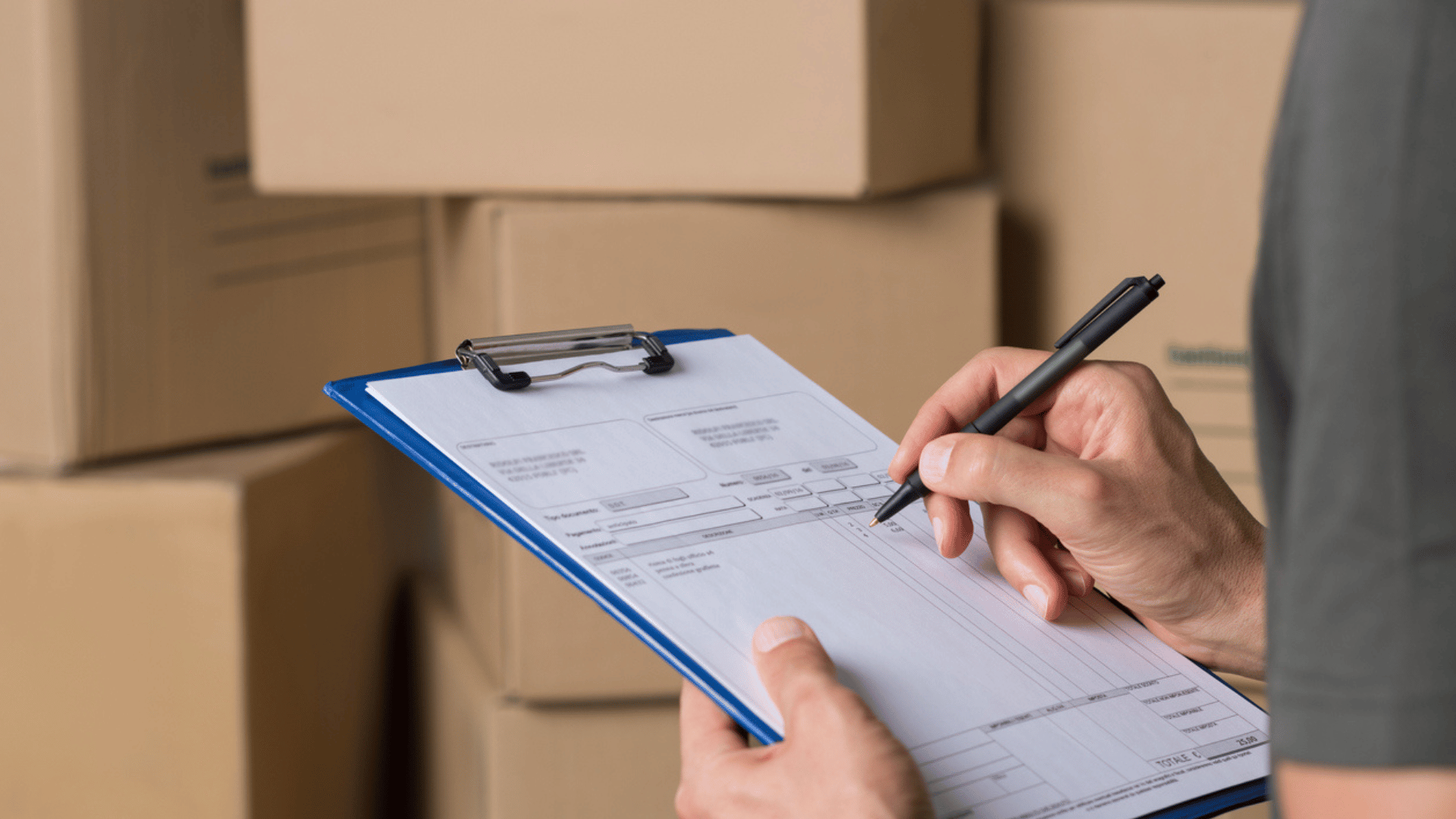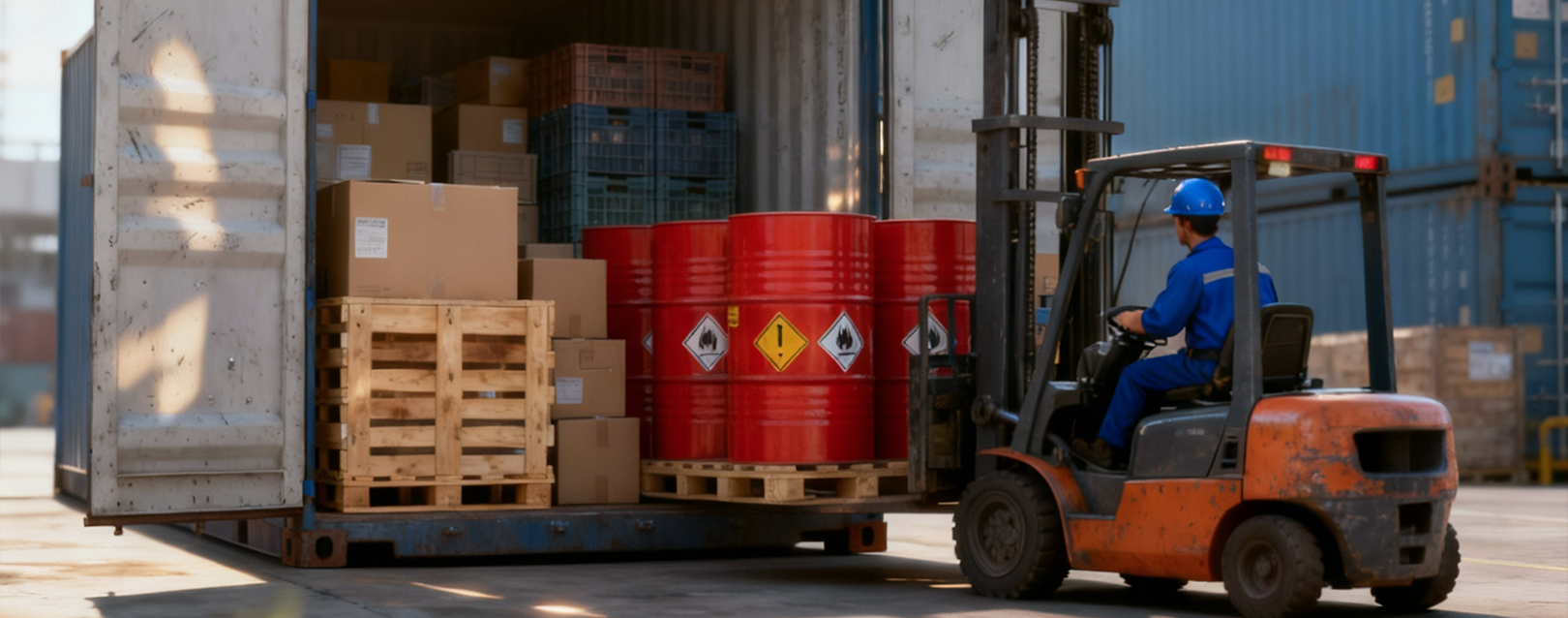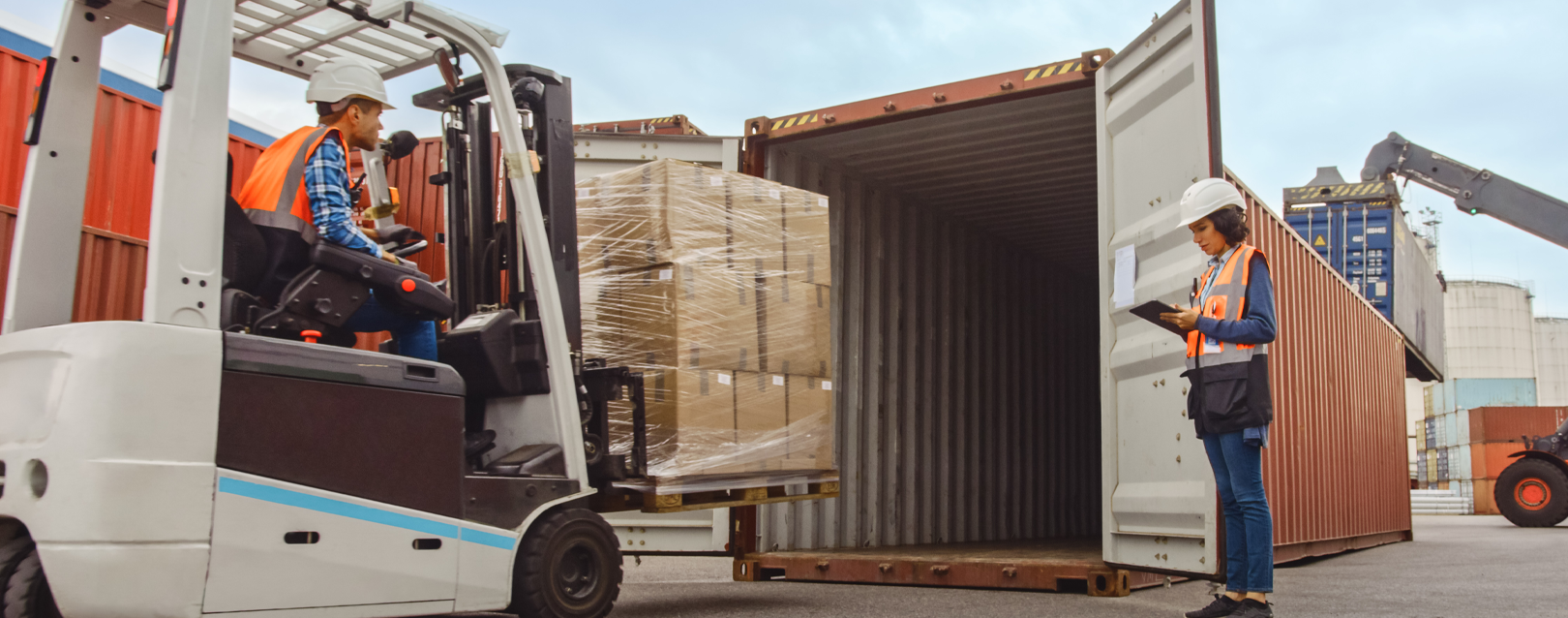
Perhaps you are already quite familiar with the import and export processes and are an excellent professional in the field. For this reason, you know the importance of the documents required for an agile, safe and reliable process for those involved in the chain. Among these essential documents is the Bill of Lading, better known in everyday life as BL or Bill of Lading.
Here you will learn more about the document, its importance and what care needs to be taken when filling it out to ensure its effectiveness and, consequently, a smooth process without unpleasant surprises.
Questions about filling it out always arise, but the most important thing, and what we will highlight most here, is the importance of paying attention to every detail.
What is Bill Of Lading (BL)?
There are dozens of definitions given to this official document used to prove ownership of goods or services. Basically, a Bill of Lading is a contract for the transportation of products between the shipper and the carrier, used for both import and export.
There are many variations of this document that take into account the requirements of the issuer, but that do not take away its legal value, regardless of the country where it is issued. To make things easier, imagine that your company will import a product or a container with several types of products.
Obviously, in this process, there will be a transport company that will bring this merchandise and, so that both parties are protected, they will sign an agreement, ensuring the condition of the cargo, determining the location and responsibility for delivery.
The BL is essential in maritime transport and is generally associated with it, but nowadays, also called Bill of Lading, it is used for any type of transport.
<<< Read also: International logistics: how to optimize shipping >>>
What is BL for?
In addition to being a contract between the interested parties, it serves as a receipt issued by the carrier when he takes possession of the goods. In other words, while the carrier is with him, he is responsible for the cargo.
It can also serve as a document that allows its holder to obtain the certificate and possession of the goods. Therefore, a credit instrument duly constituted in the Civil Code of 2002, making the document endorsable, several times, as long as it is in accordance with the law. We will see more about endorsement later.
The Bill of Lading speeds up the export process from the departure from the sender's location to delivery. It contains all the information for all players who need to know about the cargo.
The signature on this document by the carrier means that the goods were received in “perfect condition”, that is, they are in the same conditions as when they left the shipper's premises.
In short, the BL serves to request compensation for damage or loss of the cargo during transportation or to prove ownership of the same in case there is a need for legal measures against damage or theft committed by third parties.
In addition to being a credit document, delivery receipt and transport contract, the BL is also necessary for the nationalization of the goods, i.e., for customs clearance.
The set of original BLs are the control and responsibility of the exporter until payment for the goods is made or a bill of exchange is issued, or some payment guarantee has been made.
What is the mandatory information on the BL?
The Bill of Lading (BL) document, in practice, is not at all complicated. The important thing is to understand that if you fill out all the necessary information accurately, there is no need to worry. Once you have practice, it ends up becoming part of your daily work routine.
Let's look at the most important information required:
Sender information – Shipper/Exporter
Company's full name and address, email, telephone number and Tax ID (if applicable). In Brazil, in the case of exports, the company's CNPJ is also mandatory. If there is another company between the seller and the buyer, a trader, for example, the term “on behalf of” or “as agent of” may be included in the shipper field, although not all shipping companies accept this term in the BL. Therefore, you need to be careful.
Recipient information – Consignee/Importer
It should contain the same amount of information as the shipper/exporter, as above. It is very common to find the term “To Order” or “To Order Of” in this field. The term “To Order” means that the BL does not have a specific consignee; the exporter must collect the BL at the origin, endorse it and send it to the importer at the destination. The BL “To Order Of (company name)” does not need to be endorsed by the exporter; it is “at the order” of the importer, who can endorse it and pass it on to another company.
About endorsement: The company can sell the goods to others and endorse the BL to formalize the transfer, even before the cargo has arrived in Brazil. The BL can be issued to order, at the order of someone or directly to someone, with the endorsement rules being valid, in this case, article 587 of Law 556 of 06/25/1850. In other words, theoretically, whoever holds the original BL is the owner of the cargo and, if they have been named, only the legal representative can claim it.
Notified about shipment – Notify
Here, the company’s details to receive notification about the cargo movement are provided. It is essential to include telephone numbers and e-mails, data that the carrier will use to send notifications. If the notifier is the same as the consignee, the term “Same As Consignee” can be used, but it should be noted that not all countries accept this term and, therefore, the safest option is to duplicate the information, leaving it the same as the consignee.
Document Number – BL Number
Each BL has a specific number, generated by the freight forwarder, called BL House, or generated by the shipowner, called BL Master, which will be used for manifest and cargo registration.
Vessel and Voyage - Vessel and Voyage
Name of the ship that is carrying out the transport, since every ship has a registered name, such as “Ever Glory”, “Mol Truth”, “OOCL Hong Kong”, etc., and the number of the voyage it is making. This is used to quickly contact the contracted company, if necessary.
Place of receipt
This information is only used when pre-shipment transportation is provided by the freight forwarder or the shipping company.
Place of delivery
Only used when post-shipment transportation is provided by the shipping company or the shipping company.
Customer order information/ Cargo Description
All information related to the shipped goods that are being handled by the carrier. This includes the order number, number of packages, weight, whether or not pallets are included in the shipment and what material they are made of (example: 1 pallet + 4 cartons). This step is complex, as any small error can cause major problems. An incorrect NCM (Mercosul – 8 digits) or HS Code (OMA – 6 digits) number, for example, can even change import tax rates (II).
This field must contain: The name of the goods; NCM or HS Code; all information about the packaging; quantity of items; freight method (collect or prepaid); registration number – in exports in Brazil it is called RUC or DU-e.
Wood details – wood details
Whether or not there is wood in the cargo packaging and its condition (whether treated or not), to comply with the requirements of MAPA IN 32.
Container details
Here, data related to the container is entered, such as: number; type (e.g.: 40'HC, 20'DC); seal; Gross weight (goods + packaging); cubic footage; Net weight (goods without packaging).
Place of issue and date
Where the BL was issued and the date.
Shipped on board date
What day the cargo was loaded onto the ship.
Move type
The term presented on the BL should inform the type of movement the cargo will undergo, for example: CY/CY: port / port; CY/CFS: port / port; CFS/CY: port / port; CFS/CFS: port / port.
Note: Port in this case means the terminal/warehouse or factory of the exporter/importer.
Signatures - Signed
The person who ships and the carrier must sign the BL, as it is a transportation contract. In everyday life and when a supplier is already well-known, these signatures are not usually given much importance, but in the event of any incident they are very valuable, speeding up solutions.
It is important to note that the requirements vary according to the customs of each country, the product being sold and the existence of special regimes.
Discrepancies in the BL may result in problems, including in Customs Clearance, preventing the registration of the Import Declaration (DI), generating customs fines, which only expire after five years, and additional charges by the shipowner. Not to mention the costs of goods stopped at the Port.
Discover the main types of BL
Port to Port (CY/CY)
This is the most commonly used type. It is issued on regular sea freight lines. It means that a space on the ship has been reserved, ensuring the transport of the cargo from the port of embarkation to the port of destination.
Multimodal or Through Bill Of Lading
They are more complex than most Bills of Lading. The document allows the carrier to pass the cargo through different modes of transport (water, rail, road, air) or through different distribution centers. This type includes an Inland Bill of Lading and an Ocean Bill of Lading, depending on the destination. In Brazil, this type is not carried out for several reasons, mainly due to the different ICMS rates between the states.
Charter Party Bill Of Lading
This type of Bill of Lading is used when the vessel is chartered by one or a few shippers on non-regular lines. It is an agreement between a charterer and a shipowner that protects the entire vessel. In general, this Bill of Lading refers to a cargo that will be alone on the vessel, or with one or more others. Vessels that operate on regular lines are not allowed to have this type of Bill of Lading.
How important is BL in foreign trade?
When we conduct business transactions, we expect transparency in our relationships and that risks are minimized. This applies to any type of negotiation, even the simplest and most common ones in our daily lives. Imagine when we buy or sell a product that will often need to cross the ocean.
Safety and confidence that everything will arrive at its destination in perfect condition is what drives Comex. And what guarantees these prerequisites is the Bill of Lading. As we have seen previously, it contains all the most important data so that the cargo is identified and safe from the exporter to the specified place of delivery, be it the port or the customer's door.
This special document records the loading of the cargo on the ship, the origin and destination, the voyage and the agreed dates. Its possession ensures that the supplier is paid for the product and that the importer receives it after having the documents in hand. In addition, the BL serves as a document proving the contracting of the transportation service and its obligations and responsibilities, according to the rules of the agreed Incoterm.
Therefore, without the Bill Of Lading there would certainly be much less international cargo traffic.
Types of BL issuance
And as expected, the world of Foreign Trade also keeps up with technological changes. It would not make sense to only use printed documents in an era where people can travel from one side of the planet to the other in seconds. Let's look at the most commonly used types of Bill of Lading issuance:
Original at origin, destination or a third location
The BL is printed at the request of the exporter or representative. The most common set of BLs is three original copies, but this is not a rule and there may be more or less. In this case, the original document must be presented at the destination for the cargo to be released. This means that it must be sent by the exporter to the person responsible for customs clearance and arrive at the port before the ship. Until the physical BL arrives, the goods are not nationalized.
Express Release
In this type, the BL is only digital and no original copies are issued. The carrier sends instructions for releasing the cargo by email, after prior approval by the exporter and payment of shipping fees. Since there is no physical bill of lading to endorse, it is important to know that, in this modality, the BL is not negotiable and cannot have the consignee as “To Order”.
Sea Waybill
Here, only the electronic version is available. Here, once shipped, the cargo is ready for release without the carrier needing to send a message to the destination agent to inform about the release. This occurs after all shipping fees have been paid. It is also non-negotiable and cannot be consigned as “To Order”.
However, you should be careful, as some countries only accept paper originals. In addition, issuing the Sea Waybill or Express Release modalities is not always accepted by some carriers. Therefore, it is important to check in advance with the shipping company or NVOCC about which modalities are accepted at the destinations to avoid errors, financial losses and time.
It is interesting to know that this is the only Comex document that can be issued in more than one original copy.
Who is responsible for issuing the Bill Of Lading?
It can be said that issuing a BL is generating a bill of lading. This issuance basically depends on three situations:
What is the negotiation between exporter and importer
The laws of the countries involved
What is the negotiability of the Bill of Lading
The international transport provider must issue the BL in the country of origin. Therefore, it can be the shipowner, the NVOCC, such as Allink or the freight forwarder who issues it. It is also possible for a cargo consolidator to issue an intermediary BL.
The BL must be original at the time of customs clearance or nationalization of the goods at the port of destination. If it is lost or has errors or has been erased, and a second copy is required, the first copy must be returned or a Letter of Indemnity - LOI (Letter of Indemnity) must be issued.
Another situation that may arise is the request for cash guarantees, which can reach up to 150% of the value of the cargo, within a period of five years. In other words, the BL is a serious document and requires special care.
For educational purposes, we can summarize below those responsible for issuing Bills of Lading:
BL Master: primary carrier (shipowner)
BL House: freight forwarder/NVOCC
BL Sub-Master: consolidating agent when there is another freight forwarder involved.
Another important point to know is that every maritime shipment has a BL Master issued by the primary carrier. However, not every shipment has a BL House or a Sub-Master.
Conclusion
We already understand the importance of the Bill of Lading for foreign trade and, therefore, there is no doubt about the security and trust that this document brings to all stakeholders and how much it allows the development of international cargo traffic. It protects senders, recipients and carriers.
But, for all this to be valuable, it is necessary to be very responsible when filling it out, pay maximum attention to detail and be quick to detect errors in order to make corrections in time.
We, at Allink, guarantee your peace of mind, as we have been truly committed to excellence in making a difference for over 25 years. Contact us!
Did you like the content? Sign up for our newsletter to stay up to date with the latest news and updates from the world of Foreign Trade.
Continue a navegar no blog da Allink
Mantenha-se informado sobre o comércio exterior
Assine nossa newsletter e receba atualizações semanais de forma gratuita sobre o mundo da logística.





